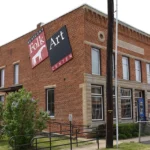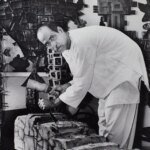
It’s houseful at The Bangalore Room, Indiranagar, on the evening of Easter, 2025. To the packed audience, Asad Hajeebhoy, renowned stained glass artist and founder of Glasscrafters Studio, poses a question.
“Which metal oxide gives a rich red while colouring glass?’
The crowd starts guessing — “cadmium, iron…”
No one lands the right answer. And then the artist takes everyone by surprise.
“Gold,” he reveals. And it’s a snapshot of what makes stained glass art, an interplay between light and colour, magical.
Hajeebhoy, who has to date worked with around 13 churches in Bengaluru to install or restore stained glass art, has spent a large part of his career in educating people about this centuries-old artform.
A complex art form
Stained glass art, which was largely popularised by churches in Europe in the medieval period, is believed to have its origins in Syria. Some of the earliest examples of stained glass work can be found at the Canterbury Cathedral in England, the Augsburg Cathedral in Germany and the Baume-Les-Messieurs Monastery in France.
The complex art form has two parts to it. The first part involves the manufacturer/supplier who mixes metal oxides with glass to make coloured sheets of glass. Then comes the artist who joins these coloured glass pieces together to form a stained glass window. Sometimes, faces, figures, emblems, motifs or wordings are added to some pieces by painting and firing them. The art form is much harder than painting on canvas, paper or other surfaces, believes Hajeebhoy.
“If there’s a mistake, you have to throw it. You can’t correct it. When you paint, they appear as very dull matte colours. But once you fire it, the colours completely change, anywhere from 20% to 100%. It becomes a different colour, like how gold becomes red,” he tells The Hindu.
The metals occupy the molecular spaces within the glass and allow only particular wavelengths of light to be transmitted through, creating the magic that leaves the spectator awestruck.
“That’s why it’s different. It’s theory of chemistry and theory of light all combined together,” Hajeebhoy notes.
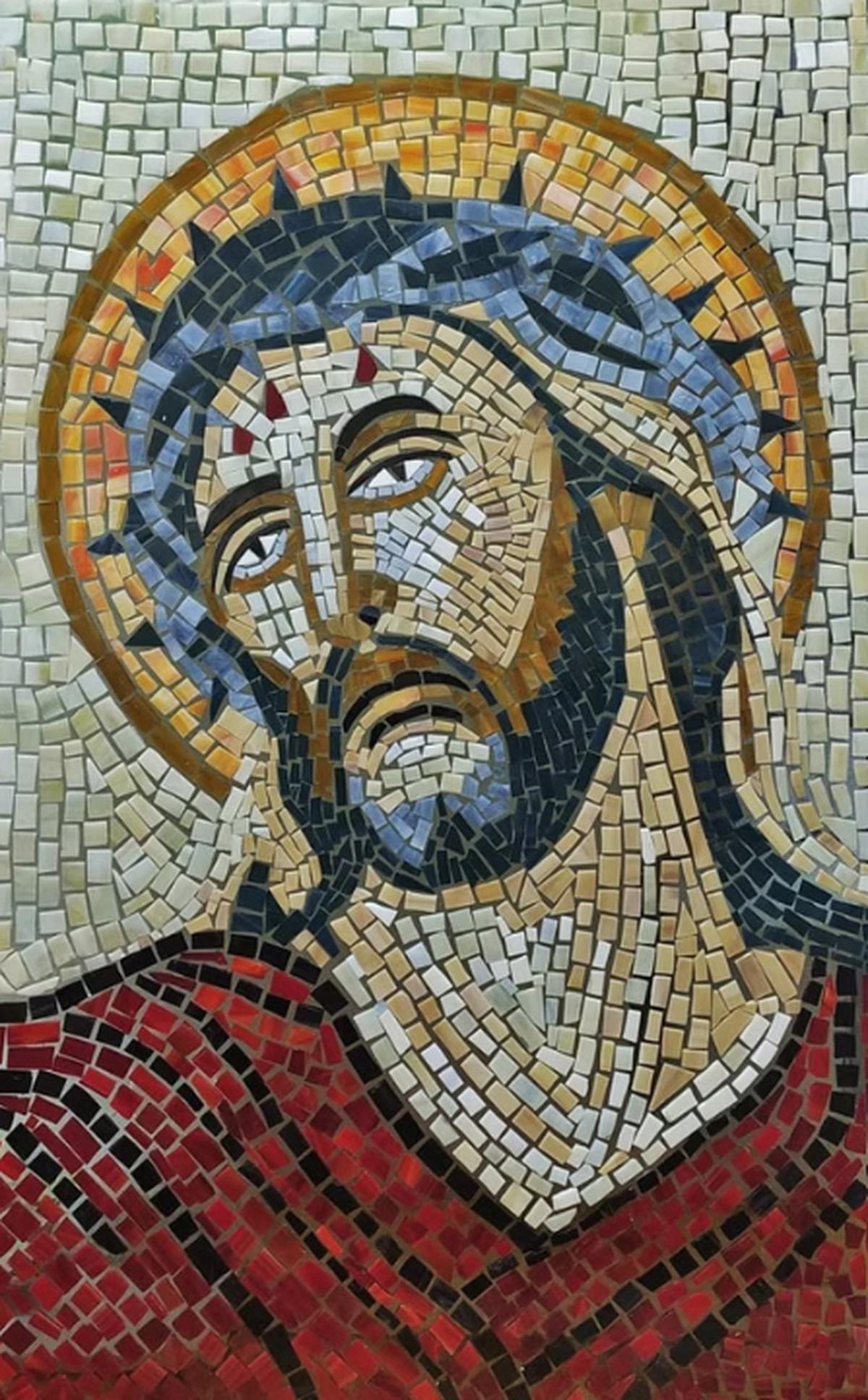
Mosaic work at St. Thomas Church, Frazer Town.
The process
Hajeebhoy’s fascination with stained glass began when he was a class 12 student. A chance meeting with veteran stained glass artist Vinayak Patel became a major turning point in his life. Hajeebhoy’s first commissioned project was for the residence of Bollywood doyens Neetu Singh and Rishi Kapoor. In 1996, he set up Glasscrafters in Bengaluru, where he indigenised most processes in the production of stained glass.
“I make my machinery and tools. But we still import the glass sheets. The manufacturers’ formulas for making the glass are like grandmother’s recipes. Factories that make the glass do not let anybody else know their formula. Each factory produces about 500 to 1000 kinds of glass in different colours, textures, transparencies and so on.”
The glass is then cut in the desired shape using a diamond cutter. A diamond head grinder is used to flatten the sharp and uneven edges of the cut glass. The pieces of stained glass are joined together using the copper tape method or the lead channel method. The copper tape technique, developed by Louis Tiffany in the 1890s, is also known as the Tiffany technique. Most stained glass work in churches, however, has used the lead channel technique, Hajeebhoy notes.
The art of staining
The 3 mm glasses are stained using metal oxides, which are available as very fine powders, but in very few colours. It is mixed with oils such as pine oil or ceramic oil to make a paint. Each piece of glass is painted on and then fired in a furnace at a temperature between 630 to 650 degrees centigrade. Depending on the size and shape of the piece, the heating continues for at least six hours. During this process, the oxides fuse with the top layer of the glass and become permanent, explains Hajeebhoy. The cooling happens even more slowly, making the whole process as long as about 20 hours.
“Each time we do it, it comes out different. No two pieces are the same,” notes Hajeebhoy.
Of the most popular stains in the art form is the silver stain which is often used in painting faces. He explains why.
“If you put a thin layer of silver stain, you get a light yellow. Apply it a little thicker, it becomes a darker yellow. Add even more, and it becomes brown. So, with one stain and one firing temperature, you can get multiple colours, making silver stain the most important stain in stained glass.”
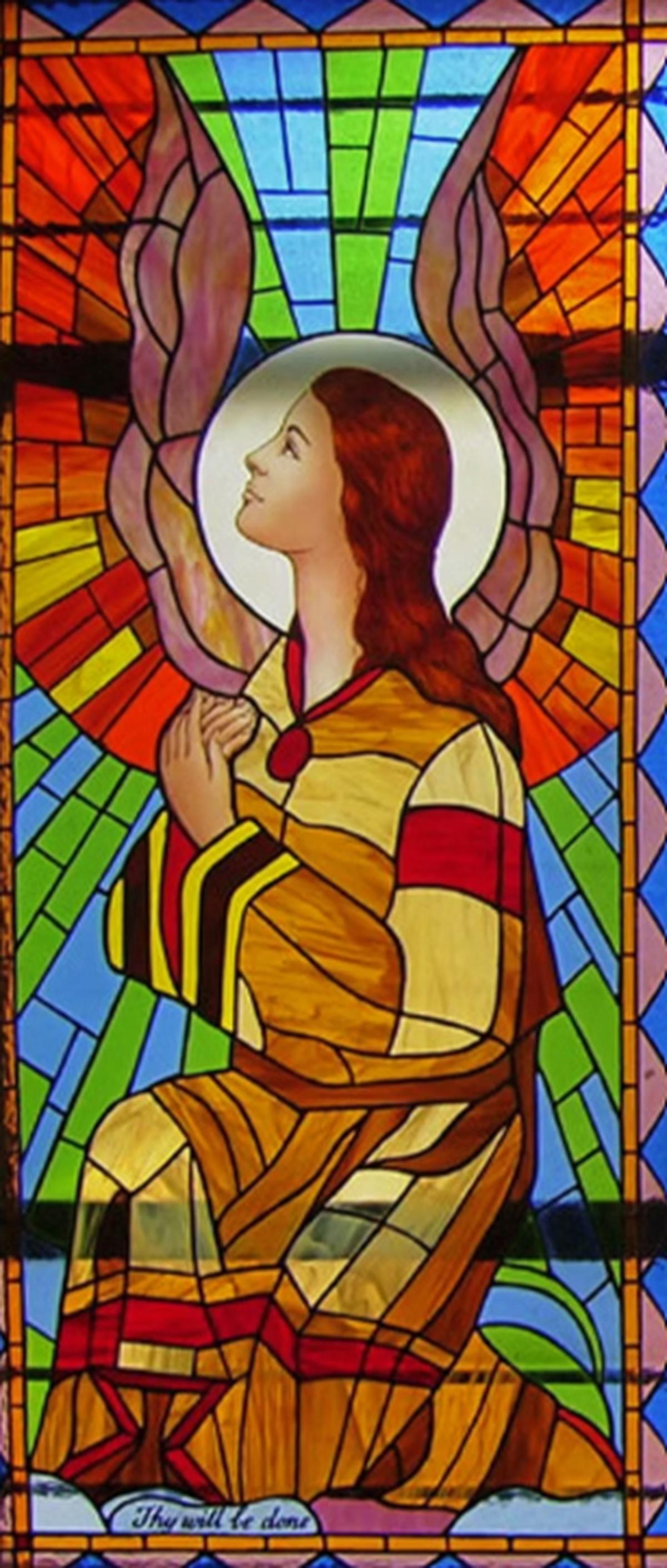
St Mary’s Basilica – Angel of Mercy.
Churches and stained glass art
According to Hajeebhoy, the churches were almost exclusively responsible for the art of stained glass to survive over the centuries. His first restoration work at a church in the city was at St. Mary’s Basilica in Shivajinagar.
“The British built several churches in Bengaluru and imported the stained glass to be put up in these churches. Many of them were donated by the parishioners or people abroad, and some by people in India.”
Some of the major restoration work done by Hajeebhoy and his team includes the All Saints Church, East Parade church, Holy Trinity Church, St Mark’s Cathedral and St Patrick’s Church, among others.
“Very often, the names of the original artists are not mentioned. It was only during the restoration of stained glass art in St Patrick’s church that we surprisingly found the name of a studio from France. Most of the rest, I think, have come from England.”
While his biggest work in terms of restoration has been the St. Mark’s Cathedral, where the team took almost two years to complete both the floors, the biggest piece Hajeebhoy has commissioned to date in a church is at the St. Antony’s Friary in Madiwala.
“It was extremely difficult. The church gave me the design, which was done by a graphic designer in Chennai. We didn’t have space in our studio for such a big piece because each section is about 3×10 feet and about seven such sections were making the entire piece very larger,” says Hajeebhoy who recalls the experience of climbing up on the water tank each time to get a good perspective of the piece and to get the proportions right.
The less understood art
While stained glass has managed to stand the test of time, Hajeebhoy, who has been conducting workshops and educating people about the art, feels it is very little understood in India. Lack of awareness, confusing glass painting with stained glass, and replacement of old glass windows by fibre glass have often led to the loss of precious heritage and artworks.
He remembers an instance of driving past a church in Bengaluru once to spot some repair work going on at the church. As he entered the church, he saw that the stained glass windows and the arches of the small windows were being discarded. His efforts to appeal to the church authorities to save the heritage windows were in vain.
“That’s what inspired me to go to more churches and ensure that the stained art work were not thrown out,” he recollects.
Yet another instance was when he was invited to do restoration work of a small section at Victoria Terminus in Mumbai.
“It was only when I went up with the general manager that we realised that the windows that were meant to be restored were replaced by fibre-glass windows.”
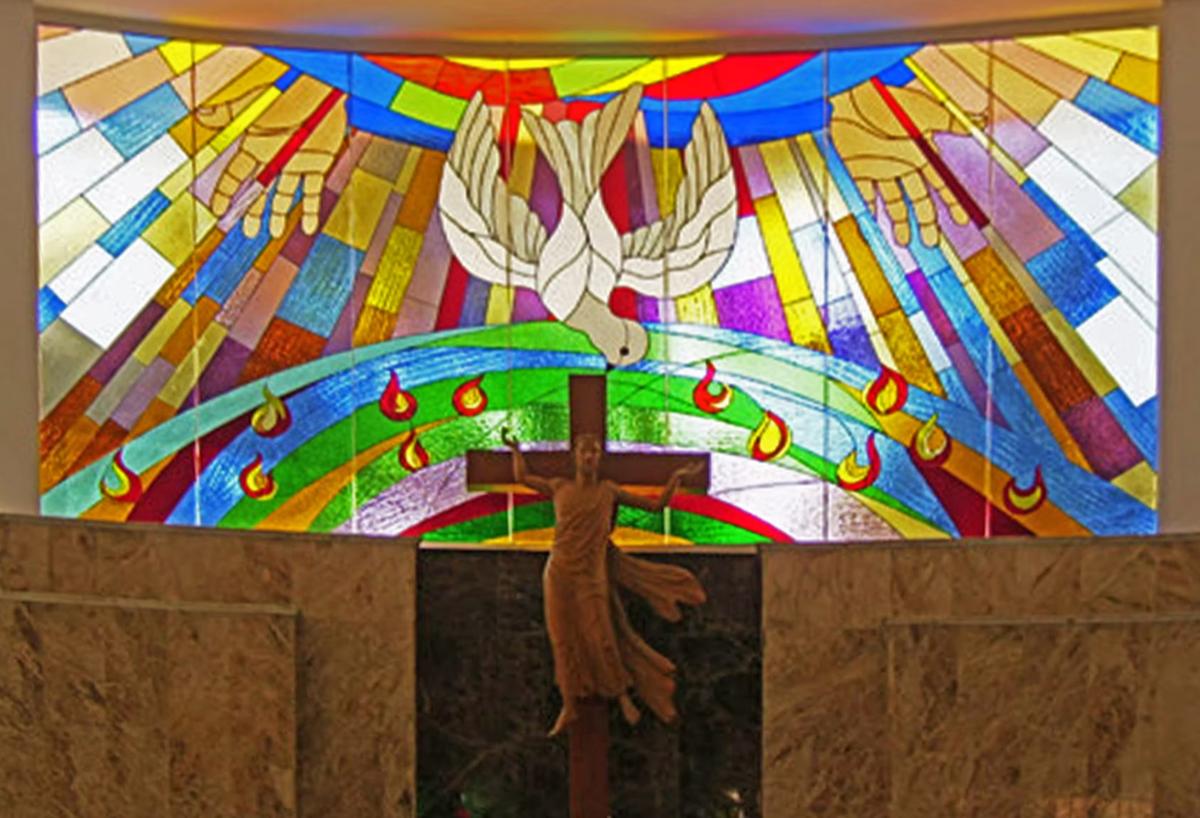
St Antony’s Friary – Holy Spirit & Tongues of Fire
New customers
However, a new section of art connoisseurs seems to have been emerging. A large section of people — many of whom are software engineers — with disposable incomes are now interested in having stained glass art in their homes, notes Hajeebhoy.
“Most of our clients today are software engineers. Ashrams are also going for it lately. So, we’ve started doing a lot of work that is of Indian or Hindu themes. There are also pubs among our clientele.”
With cheaper alternatives (such as glass etching made to look like stained glass) emerging in the market every day, undercutting the beauty, intensity and complexity of the art form, Hajeebhoy stresses the importance of education. He has so far trained more than 2000 people, excluding the students he taught at various colleges.
“When I started in college, there were hardly five to seven people in India who were doing this work. Now there are over a thousand people,” he says.
A question arises from the audience about the role of light in stained glass.
Hajeebhoy quips, “In the daytime it’s brighter outside and darker inside. You enjoy the stained glass inside your house. In the night, when you put on the lights and the outside is dark, your neighbour will enjoy the stained glass. Sharing is caring.”
Published – April 22, 2025 06:09 am IST






